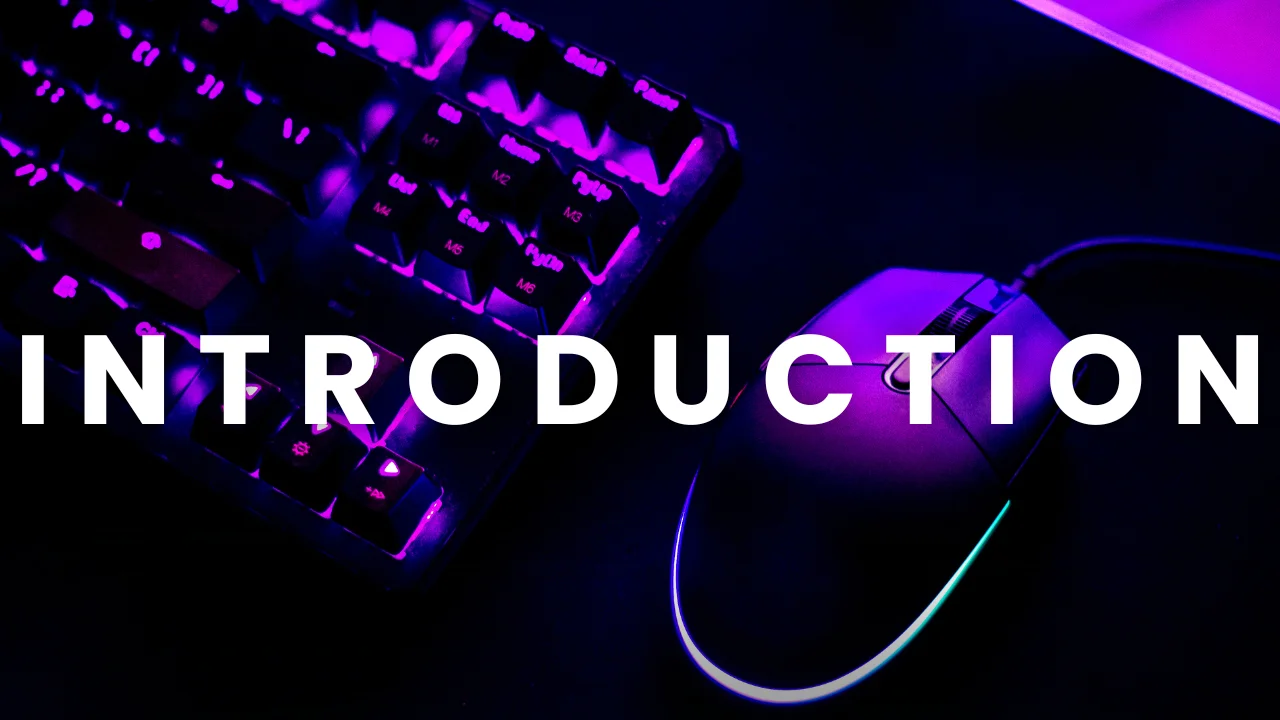
Introduction to HTML
- HTML, which stands for HyperText Markup Language, is the standard markup language used to create and design web pages.
- It provides the structure for web content by using tags and attributes to define the different elements within a webpage, such as headings, paragraphs, links, images, and more.
- HTML documents are interpreted by web browsers to display the content and layout as specified by the HTML code.
- It forms the backbone of the World Wide Web, allowing users to create and share information across the internet in a structured and organized manner.
Structure : It provides the basic structure and organization of web content, allowing developers to define headings, paragraphs, lists, and other structural elements.
Semantics : HTML uses semantic tags to describe the meaning of content, making it easier for search engines, screen readers, and other tools to understand and interpret web pages accurately.
Accessibility : By using semantic HTML elements and attributes, developers can create web pages that are more accessible to users with disabillities, ensuring that everyone can access and interact with the content.
Cross-Platform Compatibility : HTML is supported by all modern web browsers and platforms, making it a universal language for creating content that can be accessed on desktops, laptops, tablets, and smartphones.
Integration with Other Technologies : HTML can be combined with CSS for styling and layout, as well as JavaScript for interactivity and dynamic content, allowing developers to create rich and engaging web experiences.
1. Download Sublime Text:
Go to the Sublime Text website and download the installer appropriate for your operating system (Windows, macOS, or Linux).
2. Install Sublime Text:
Follow the on-screen instructions to install Sublime Text. For most systems, this involves simply clicking through a few prompts (like agreeing to the license agreement) and choosing the installation location.
Follow the prompts in the installer wizard to complete the installation.
3. Launch Sublime Text:
After installation, you can typically find Sublime Text in your applications or programs menu. Open it.
4. Write Your First Code:Once Sublime Text is open, you'll see a clean interface with a blank file.
To start writing code, simply type your code into the main editing area.
5. To save your code:
Go to File -> Save As...
Choose a directory where you want to save your file.
Enter a file name with an appropriate extension (like .html for HTML files).Click Save.
Output:
This is my First HTML document
Let's break down what each part does:
<!DOCTYPE html> : This declaration specifies the document type and version of HTML being used.
<HTML> : The root element that wraps all the content on the page.
<head> : This section contains metadata about the HTML document, such as the character set, viewport settings, and the page title.
<title> : Defines the title of the webpage, which appears in the browser's title bar or tab.
<body> : This is where the visible content of the webpage goes.
<p>: Used to structure textual content into paragraphs.
Practice, Practice, Practice : Encourage readers to experiment and
practice writing more Python programs.
Specific Areas of Interest : Briefly touch upon popular
specializations in HTML (web development, data science, etc.) and suggest
resources for further exploration.
Recap and Call to Action : Briefly summarize the key takeaways and emphasize the power and potential of HTML. Encourage readers to continue their HTML journey and explore its capabilities.
Code Examples: Include well-formatted and commented code examples
throughout the post to illustrate concepts visually.
Visuals: Consider adding screenshots or diagrams to enhance
readability and understanding.
Enthusiasm and Encouragement: Maintain a friendly and encouraging
tone throughout to motivate readers.
Proofread Carefully: Ensure the accuracy and clarity of your writing
for a smooth learning experience.